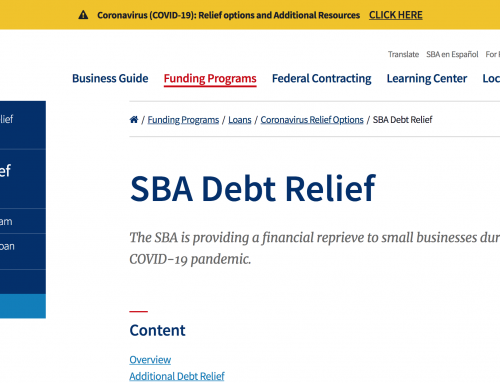Podcast: Play in new window | Download
Subscribe: Apple Podcasts | RSS
In this particular episode, you will learn
- The Income Statement, Shareholders’ Equity, Cash Flows, and the Notes to the Financial Statements
Podcast transcript:
Topics
Shareholders’ Equity
Cash Flows
Notes
Statement Relationships
Different Names, Similar Concept
Statement Analysis
Preparing Financial Statements
Summary
Shareholders’ Equity
The statement of shareholders’ equity, also referred to as the statement of retained earnings, reports the sources of equity financing and prior income statement activity. The statement provides detailed information that is summarized in the equity section of the balance sheet and is most relevant for large, publically traded companies. Different sources of equity financing, such as the issuance of common stock and preferred stock is reported. The change in retained earnings is also detailed.
- Provides detail of changes in the equity section of the balance sheet
Cash Flows
The statement of cash flows details the flow of cash in and out of the business in operating, investing, and financing categories. Under Generally Accepted Accounting Principles in the United States (US-GAAP), revenue is recorded when earned, not received. Expenses are recorded when accrued, not paid. These rules set the basis for accrual accounting, where revenue and expenses do not always follow the flow of cash. Accrual business accounting provides the opportunity for accountants to manipulate the financial results. The statement of cash flows can provide information as to how a business is actually operated by looking at the cash movement. It is typically prepared using the indirect method, which uses the change in balance sheet accounts over two time periods.
- Reports the change in cash under operating, investing, and financing categorie
Notes
Defined
Notes to the financial statements provide valuable information that is not in the other statements alone. A wide range of topics are covered: accounting methodology, balance sheet detail, and pending lawsuits. Stakeholders interpret the other statements along with the notes to get a complete picture of the business. Some information will be required to be disclosed under US-GAAP, such as certain pending lawsuits and risks. Other information might be optional, such as disclosing the number of users or customers a company has.
Notes can give stakeholders important information that might make a business more or less valuable if not taken into account. Asset values under US-GAAP will be stated at historical cost, meaning that the current fair market value of business property is not reflected on the balance sheet. Detail of property holdings could be presented in the notes so that an investor can make a more informed decision. Social media companies may want to disclose users and other valuable metrics that cannot be incorporated into regular financial statements.
- Reports detailed information not covered in other statements
Statement Relationships
The balance sheet and income statement together create a visual representation of the summarized transactions, which appear behind the scenes in a trial balance. They are linked together, because entity performance measured in profit or loss is reported to retained earnings in the equity section of the balance sheet. The change in retained earnings is therefore based upon the income statement. This is summarized in the statement of shareholders’ equity. The statement of cash flows prepared using the indirect method utilizes the change in balance sheet accounts. Finally, the notes of the financial statements will provide further details of the other statements. Financial statements are therefore related.
Different Names, Similar Concept
Different entities may refer to financial statements using different names. A charity for example, may refer to the balance sheet as the statement of financial position. Because the goal of a charity is not to have profit like a business, what we would normally think of as profit may be referred to as change in net assets. Different businesses may refer to an income statement as a profit and loss statement. Net income or net loss can be referred to as profit or loss. Accounting theory is generally the same across different entity types, even though names vary. Governmental accounting, however, may have significant differences.
Statement Analysis
Stakeholders can analyze financial statements in terms of financial ratios. An investor for example, can use the balance sheet to calculate ratios to measure the financial strength of a business. These ratios can be compared to other companies in similar industries.
Selected ratios:
- Accounts receivable turnover, debt to total assets, debt to total equity, gross profit margin, inventory turnover, net profit on sales, return on assets, return on equity, times interest earned
Preparing Financial Statements
Accountants record daily transactions using accounting software, which posts to the general ledger where financial transactions are recorded. As transactions are entered into the system, they are coded to proper accounts, such as cash or revenue. The total of all these transactions is entered into a trial balance, where the accountant can make further adjustments with journal entries. Once all adjustments have been made, the balances are then put into financial statements in a process known as the closing process. Note the standard order of presentation for financial statements: balance sheet, income statement, statement of shareholders’ equity, statement of cash flows, and notes to the financial statements.
Summary
Financial statements are the final result of the accounting system. Stakeholders interpret financial statements to help make business, lending, and investment decisions. Each individual statement has an important role in helping users understand more about the reporting entity. Only when all of the individual statements and the notes to the financial statements are reported together, does the user have a complete financial picture.





Leave A Comment